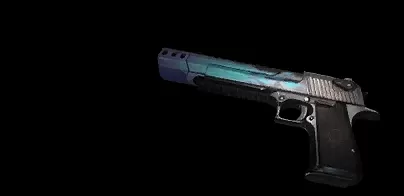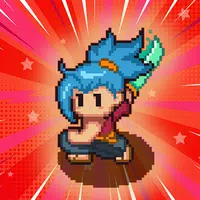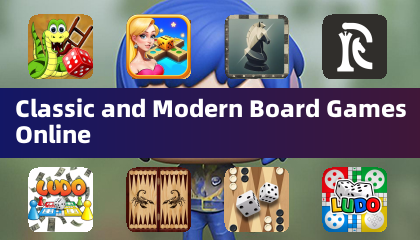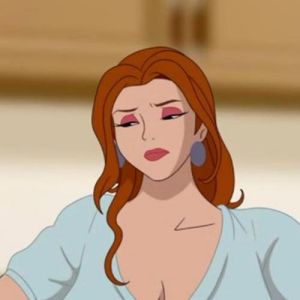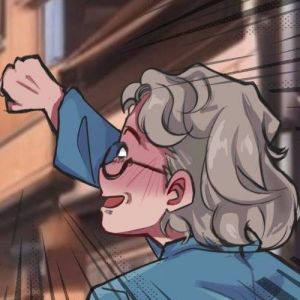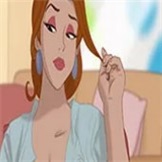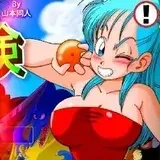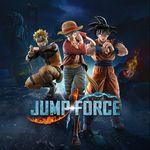Marvel's Fantastic Four: A Timeless Legacy and a Glimpse into "First Steps"
The Fantastic Four, Marvel's First Family, have reigned supreme in the superhero realm for over six decades, captivating audiences with their unique blend of heroism, family dynamics, and relatable imperfections. A recently released trailer for Fantastic Four: First Steps offers a tantalizing preview of Marvel Studios' latest interpretation of these iconic characters.
The film, set against a stylish retro-futuristic backdrop reminiscent of the 1960s, introduces a stellar cast: Pedro Pascal as Reed Richards/Mr. Fantastic, Vanessa Kirby as Sue Storm/Invisible Woman, Joseph Quinn as Johnny Storm/Human Torch, and Ebon Moss-Bachrach as Ben Grimm/Thing. Their journey promises thrilling action and heartfelt moments, emphasizing the strength of familial bonds as they confront the formidable Galactus (Ralph Eienson) and his enigmatic herald, the Silver Surfer (Julia Garner).
This adaptation aims to revitalize the Fantastic Four's legacy, blending exhilarating action with emotionally resonant scenes that highlight the importance of family. Let's delve into their fascinating origin story to understand the enduring appeal of this team.
Table of Contents
- The Birth of Marvel's First Family
- A Moment of Inspiration
- Breaking the Mold
- The Plot of Fantastic Four: First Steps (based on the original comic)
- Modern Relevance and Future Directions
- Conclusion: The Enduring Power of the Fantastic Four
 Image: marvel.com
Image: marvel.com
Despite occasional dips in popularity (notably between 2015 and 2018), the Fantastic Four remain a beloved cornerstone of Marvel Comics, thanks in part to the creative revitalization efforts of writers like Alex Ross. But how did this legendary quartet emerge?
A Moment of Inspiration
By 1961, Stan Lee, Marvel's editor-in-chief and art director, felt creatively stagnant. His wife, Joan, urged him to create something he genuinely enjoyed. Simultaneously, Marvel publisher Martin Goodman, aware of DC Comics' Justice League's success (allegedly through industry connections), tasked Lee with creating a superhero team.
Instead of imitation, Lee seized the opportunity for innovation. Collaborating with artist Jack Kirby, he conceived a team that would redefine the superhero genre.
Breaking the Mold
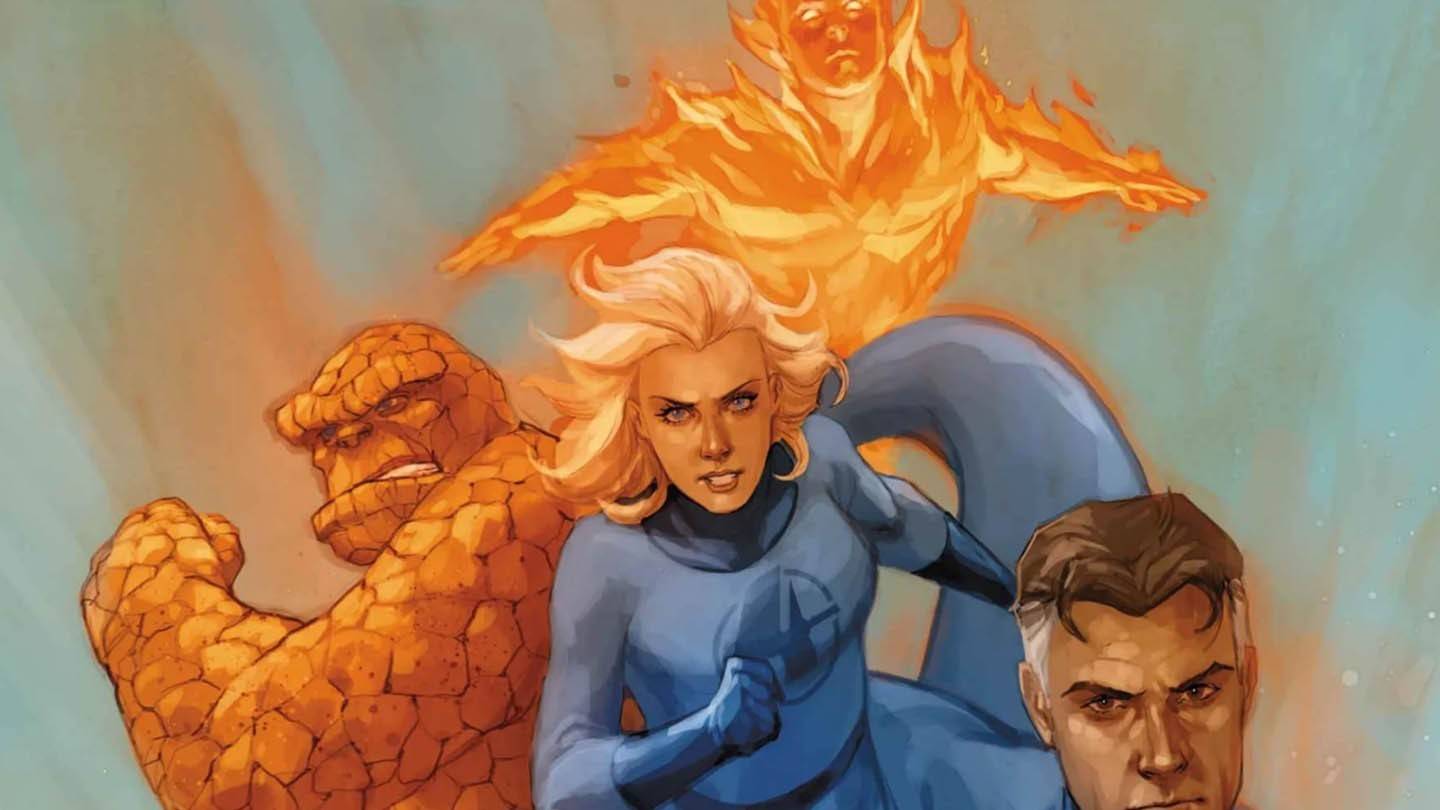 Image: marvel.com
Image: marvel.com
Lee envisioned characters with relatable flaws, not flawless ideals. Reed Richards is a brilliant but sometimes detached scientist; Sue Storm is a capable woman defying societal expectations; Johnny Storm is an impulsive teenager; and Ben Grimm, the Thing, grapples with his transformed identity.
Kirby's artistry was instrumental, particularly in shaping the Thing's iconic appearance, transforming a vague initial description into the memorable character we know. The Human Torch's design also reflects Kirby's creative genius, adhering to the Comic Code Authority's restrictions.
The Plot of Fantastic Four: First Steps
The plot of Fantastic Four: First Steps draws heavily from the original Fantastic Four #1 comic.
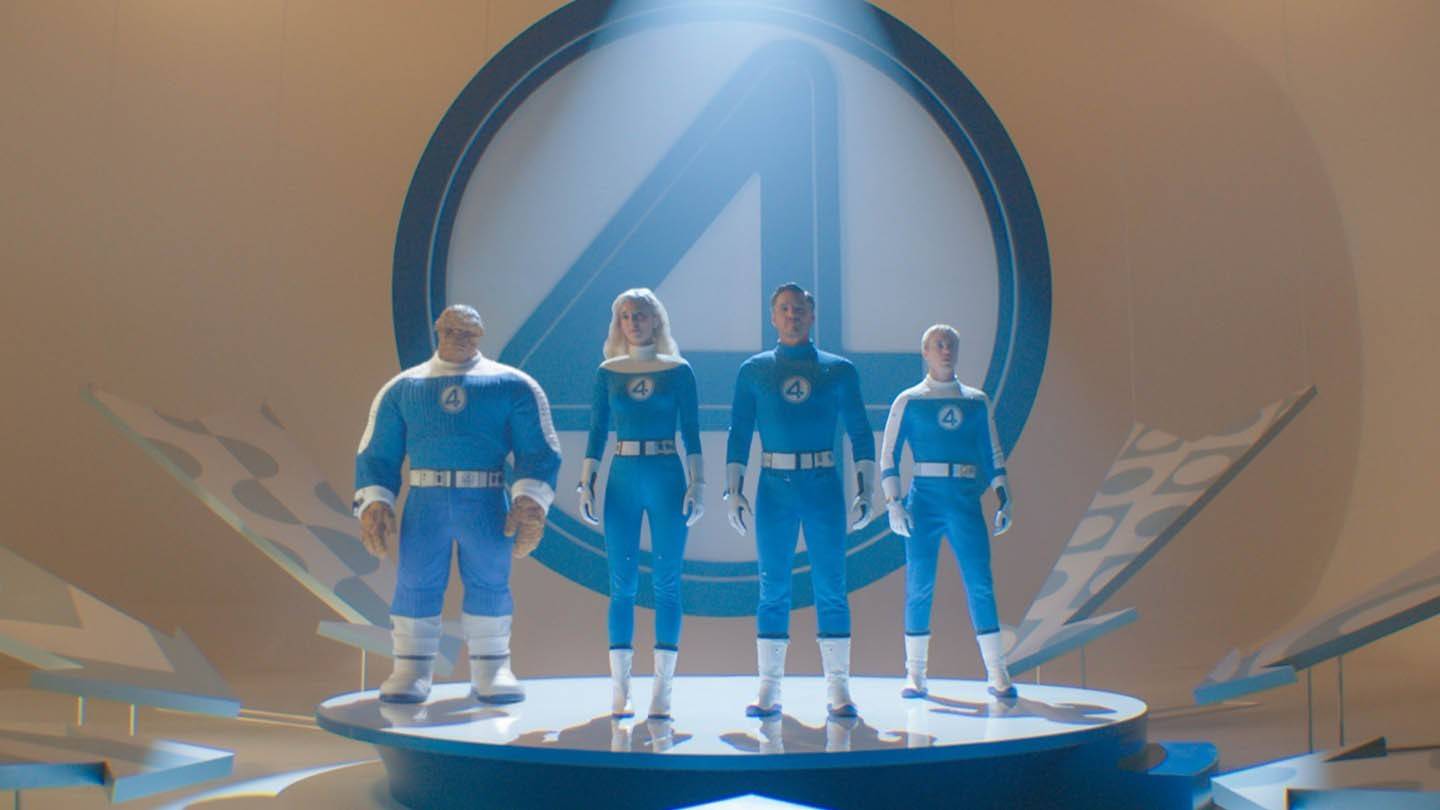 Image: marvel.com
Image: marvel.com
Fantastic Four #1, released in August 1961, introduced a revolutionary narrative structure. Instead of typical exposition-heavy storytelling, Lee opted for a non-linear approach, beginning mid-action and gradually revealing the characters' backgrounds.
The story centers on a space mission that bestows superpowers on the team. Reed Richards, driven by scientific ambition and Cold War anxieties, launches a spacecraft despite warnings about cosmic rays. Their mission, mirroring Yuri Gagarin's historic flight, sets the stage for their transformation and subsequent adventures.
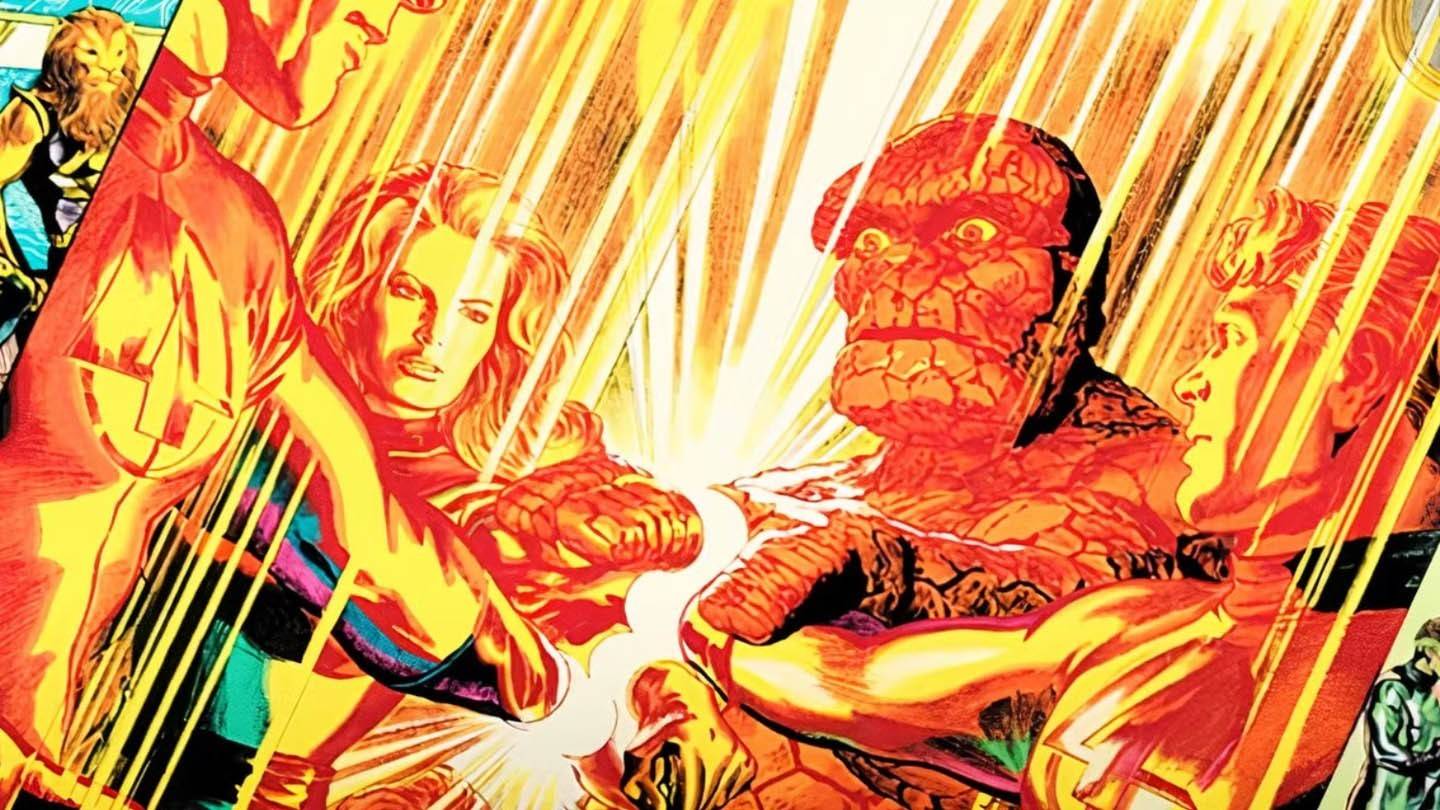 Image: ensigame.com
Image: ensigame.com
Exposure to cosmic rays grants them their powers. Their first mission involves confronting the Mole Man, a subterranean villain, showcasing their teamwork and problem-solving skills.
The original comic's impact is undeniable. Its focus on flawed, relatable characters established Marvel's signature style.
Modern Relevance and Future Directions
The Fantastic Four continue to evolve within the Marvel Universe. Recent comics, such as those by Ryan North and Iban Coelho, offer a blend of humor, action, and drama, exploring themes like social acceptance.
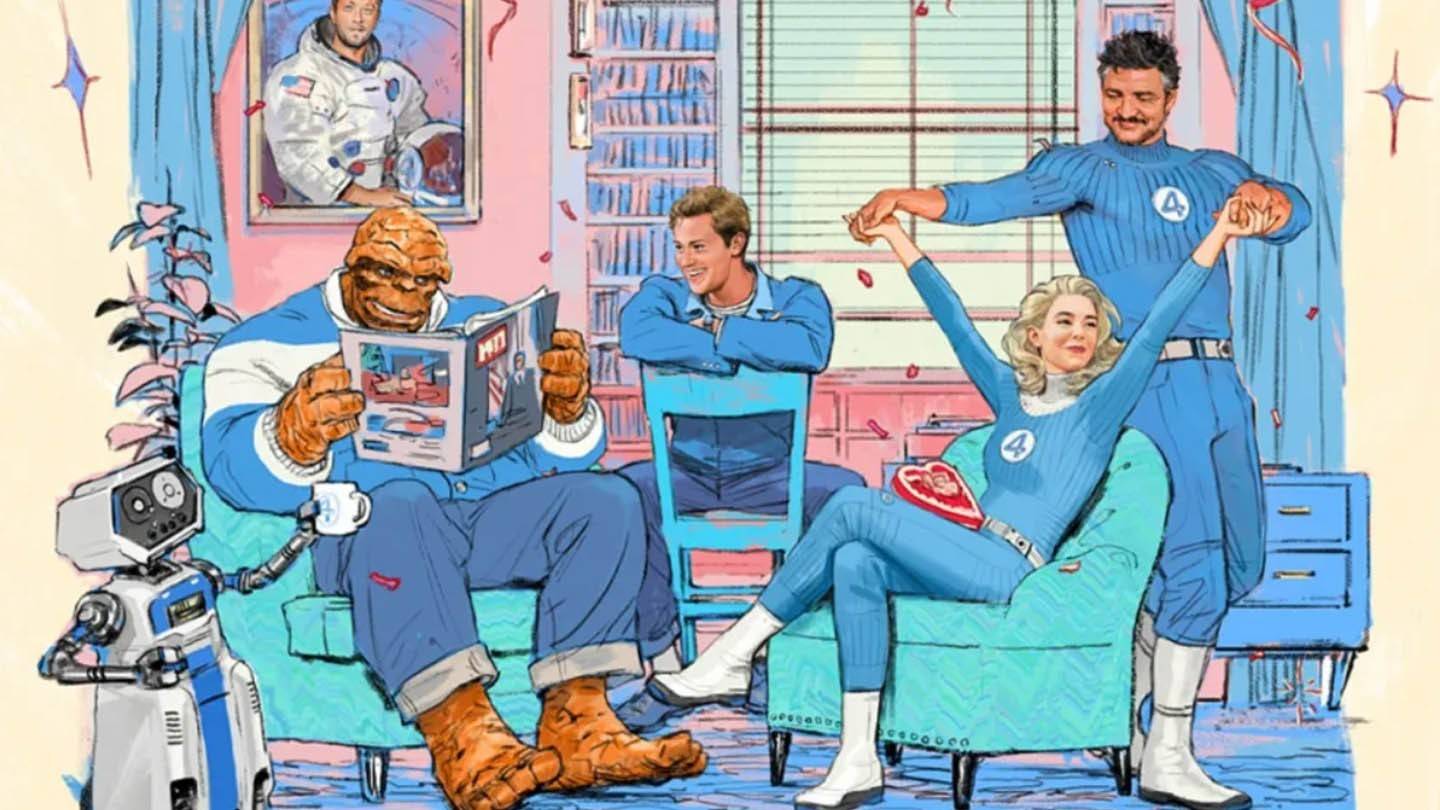 Image: marvel.com
Image: marvel.com
While past interpretations have received mixed responses (e.g., Dan Slott's retconning of their origin, Brian Michael Bendis' portrayal of Doctor Doom), the Fantastic Four remain integral to Marvel's narrative. Their involvement in events like Devil's Reign underscores their importance.
Conclusion: The Enduring Power of the Fantastic Four
From their debut in Fantastic Four #1 to their upcoming cinematic return, the Fantastic Four embody Marvel's enduring storytelling. Their complexity, vulnerability, and familial bonds transcend traditional superhero narratives. Fantastic Four: First Steps promises to introduce these timeless characters to a new generation, emphasizing that true strength lies in unity, resilience, and love. As long as these values resonate, so too will Marvel's First Family.

